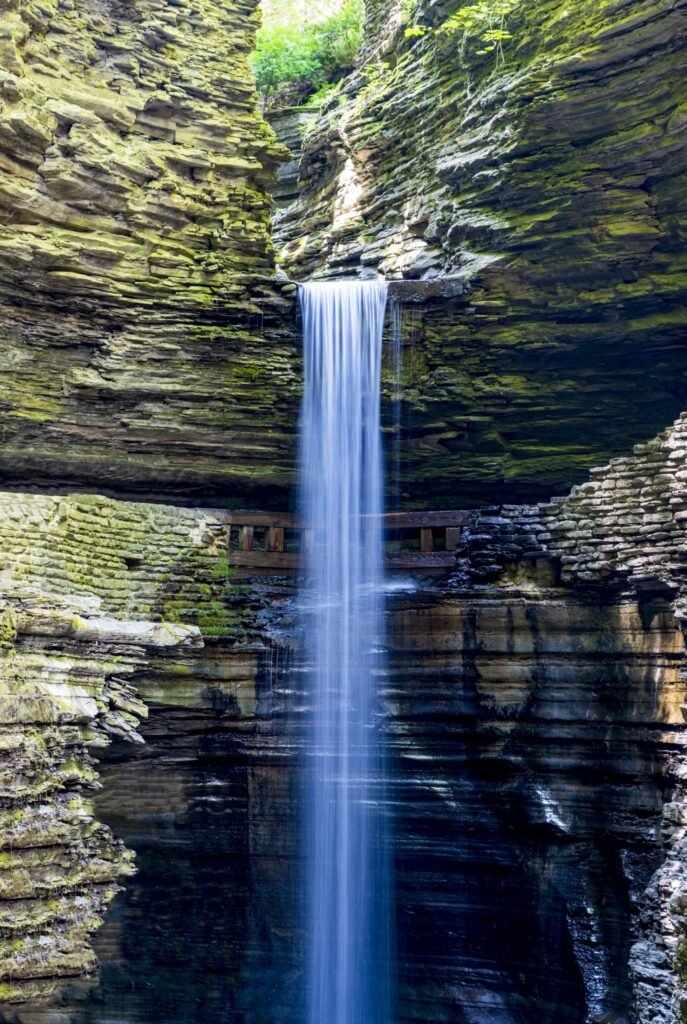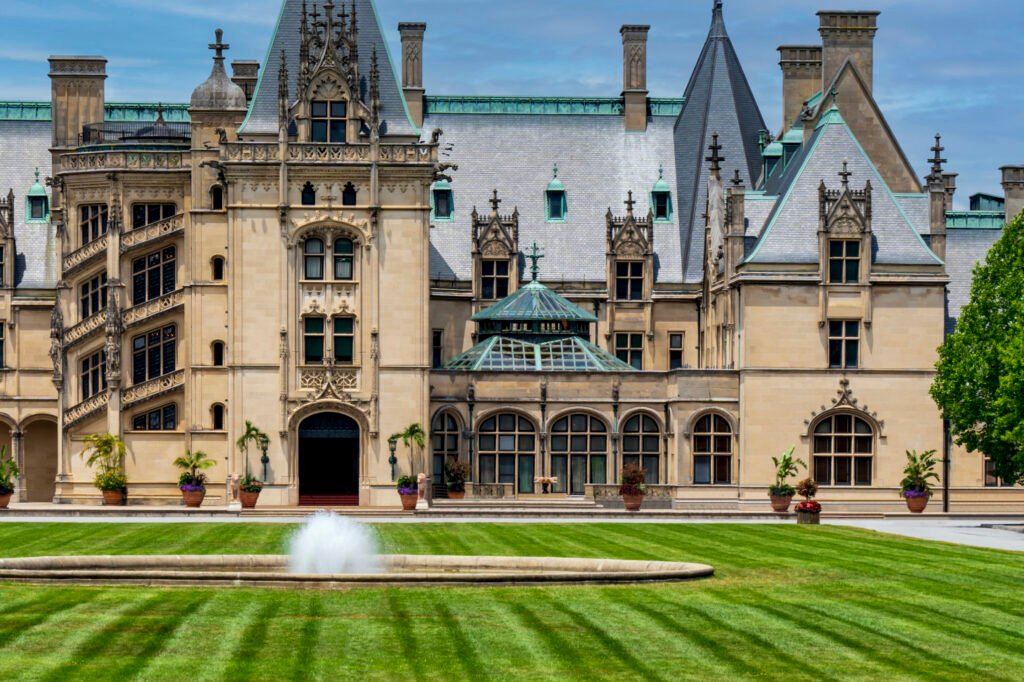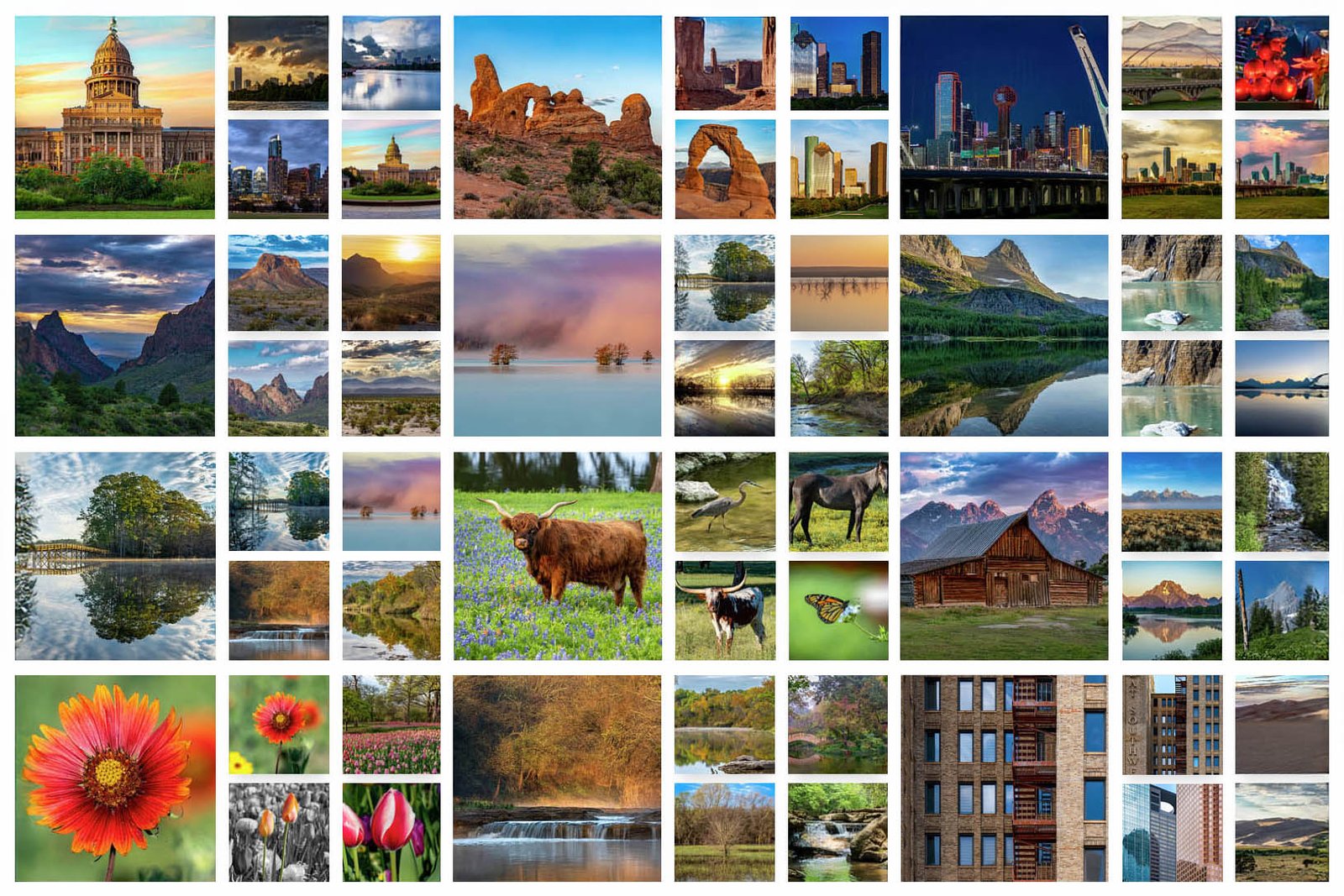Mansfield Photography
Object & Artifact Removal in Photographs
– Sometimes it is desirable to remove objects and/or artifacts from an image. 📖
As a photographer, when capturing a scene, it’s common to find elements that don’t belong, such as stray people, animals, or visual artifacts that detract from the overall image. Whether it’s a perfectly composed landscape with a distracting passerby or a cityscape marred by unwanted reflections, removing these distractions can improve the visual appeal and focus of the photo. Here, we’ll explore three primary techniques for removing objects and artifacts: using AI tools, capturing multiple identical images, and manually removing and rebuilding parts of an image.
Method 1: Using AI Tools for Object and Artifact Removal
AI-powered tools have become a game-changer for photographers and designers, providing powerful options for editing photos efficiently and accurately. Adobe Photoshop, for instance, offers a range of AI tools specifically designed to streamline object and artifact removal. With features like Content-Aware Fill and Generative Fill, Adobe’s tools make it possible to remove unwanted objects with just a few clicks. By simply selecting the object and activating Content-Aware Fill, Photoshop analyzes the surrounding pixels to fill in the area naturally. For more complex edits, the Generative Fill feature uses advanced AI to create believable backgrounds and textures, seamlessly blending removed objects with their surroundings.
These AI tools can also handle intricate details, making it easy to remove not just large objects but also subtle artifacts like dust spots, lens flare, or reflections. For photographers, this level of precision and speed is invaluable, especially when working on high-stakes projects where time is of the essence. AI tools, such as those in Photoshop, are often the quickest solution for enhancing an image without compromising its integrity.
Method 2: Capturing Multiple Identical Images
For scenes where elements like people or animals keep moving through the frame, capturing multiple identical images can be an effective approach. By taking a series of shots with the camera set on a tripod, photographers ensure a stable composition while allowing moving elements to naturally shift between frames.
Multiple Image Stacking: Once you have several images of the same scene with different placements of the unwanted objects, import them into Photoshop and layer them on top of each other. This stacking technique allows you to access different parts of the image across layers, selecting areas without moving objects.
Selective Erasure: With the eraser or mask tools, you can carefully remove the unwanted elements from each layer by revealing the “clean” background sections in other images. This way, you build a composite image that retains only the undisturbed parts, creating a seamless final result.
This method works especially well for locations where it’s challenging to wait for a clear shot. However, it may require careful alignment and post-processing to ensure consistency across layers.
Method 3: Removing and Rebuilding: Object and Artifact Removal in an Image
When neither AI tools nor multiple image captures can fully remove an unwanted object, or is unacceptable, manually removing and rebuilding parts of the image may be the best option. This approach is particularly useful for complex edits involving static objects or stubborn artifacts that need to be completely reconstructed.
Manual Cloning and Healing: Using Photoshop’s Clone Stamp and Healing Brush tools, you can sample clean areas of the image to replace distracting objects or artifacts. With precise adjustments, these tools allow you to rebuild areas pixel by pixel, ensuring a realistic look.
Rebuilding Backgrounds: In some cases, object removal requires not only clearing the unwanted element but also reconstructing the surrounding area to blend naturally. This may involve creating additional textures or patterns that match the original environment. By carefully layering textures and adjusting lighting, you can rebuild even complicated backgrounds like architectural elements or natural landscapes.
While this technique can be time-consuming, it offers complete control over the final outcome, making it ideal for cases where no quick solution exists.
Example Using Method #2:
This mesmerizing waterfall presented a unique challenge, as it seemed to attract a constant stream of people wandering back and forth. Waiting for an uninterrupted moment to capture a pristine, person-free image would have required endless patience. This is where we employed the classic technique described earlier: taking a series of photos and stacking them together while painstakingly removing each individual. The result was splendid, as you’ll witness in the processed image.
However, it’s worth sharing a hearty chuckle over an amusing oversight. As we focused intensely on obtaining these images to stack and erase the people passing by the waterfall, we somehow missed the presence of a lone man seated in the bottom left corner of every single frame! It’s almost comical how we overlooked him.
In the end, we found ourselves faced with the task of manually removing this lone individual from the bottom left corner and reconstructing the scene. While we aren’t entirely satisfied with the outcome, it’s not a complete disappointment—just not quite up to our usual standards.
If you’re curious about the blurry appearance of the people, it’s because we deliberately used a slow shutter speed to create a dreamy, misty effect in the water, fully aware that we would later remove the people from the image.
Example Using Method #3:
This image is a cutaway of the magnificent Biltmore estate in Asheville, North Carolina. Our primary objective here was to capture the grandeur of the house itself, undisturbed by the bustling presence of tourists in the foreground. Unfortunately, the area around the entrance, extending all the way to the right of the frame, was consistently crowded with visitors. In this particular scenario, employing the technique of taking multiple images and stacking them would prove to be futile. Hence, the only viable solution was the meticulous manual removal of every single individual seen in the ‘before’ picture.
Visualize the painstaking process of erasing each person from the frame—each removal akin to removing a piece from a complex jigsaw puzzle. As these figures disappeared, the house, with its intricate architecture and charming details, had to be meticulously reconstructed, brick by brick, in the areas where the people once stood. This laborious effort ensured that the resulting image retained its lifelike quality, appearing as though it had been captured in a serene moment void of any distractions.
Beyond people, our attention to detail extended to other elements in the scene. We eliminated the presence of unsightly garbage cans in front of the doors, bid farewell to the fluttering flag in the upper left corner, and even eradicated the chain link fence that spanned the entire width of the image from left to right. The result is a transformed image that showcases the Biltmore estate in all its splendor, free from the intrusions that had initially cluttered the scene.
Bringing It All Together
Choosing the right approach for removing unwanted objects or artifacts from an image ultimately depends on the specific needs of the shot and the tools available. AI-powered features like Adobe Photoshop’s Content-Aware and Generative Fill are fantastic for quick edits and straightforward removals, making them ideal for busy workflows. Meanwhile, capturing multiple images can offer a practical solution for scenes with dynamic, moving elements. And when precision and control are essential, the manual process of cloning and healing provides unmatched accuracy for creating seamless, polished results.
For photographers and designers alike, mastering these techniques opens up creative possibilities, allowing each image to tell its story without distraction. By using a combination of AI, multi-image processing, and manual rebuilding, you can ensure that every photo reflects your original vision, free from unwanted intrusions. With these methods in your editing toolkit, you’ll be well-equipped to refine, enhance, and perfect each shot, delivering images that captivate and inspire.








